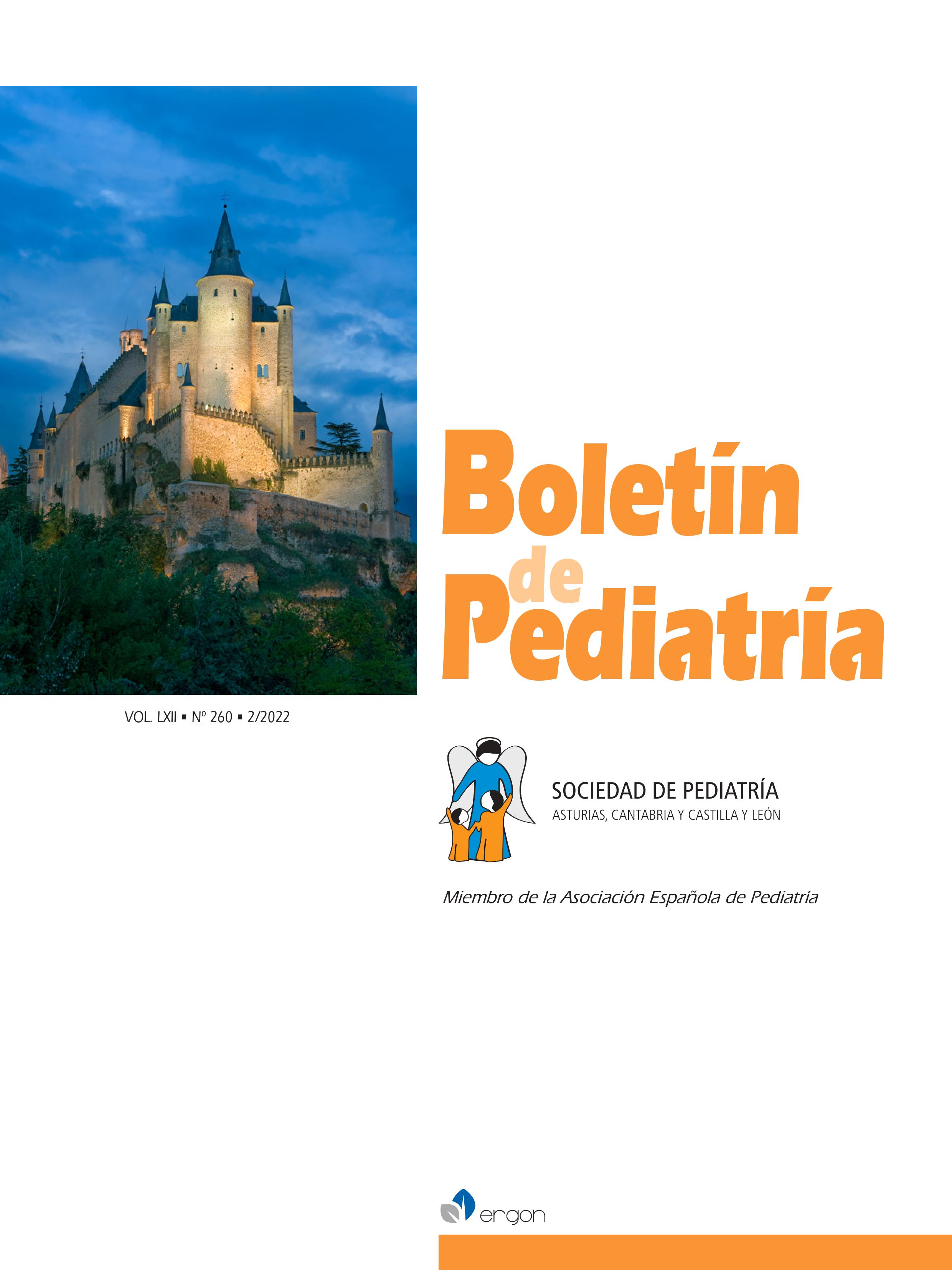Abstract
Objective. To describe and compare data on pediatric poisonings, drug and non-drug, in the pediatric emergency department in 2 cohorts from 2 different decades. Material and methods. This is a retrospective descriptive study of 2 cohorts of patients attending the emergency department in 1997 and 2015. We compared the epidemiological and clinical characteristics and the adequacy of treatment according to the guidelines of patients under 14 years of age, who were attended at the pediatric emergency department of our hospital. Results. In our series there has been an increase in drug poisonings, from 40% in 1997 to 53% in 2015. In contrast, there was a relative decrease in consultations for non-drug intoxications, 60% vs 47%. The distribution by sex, with a female predominance in pharmacological poisonings, and a male predominance in non-pharmacological poisonings. The clinical characteristics did not vary, with a predominance of digestive and neurological symptoms. The toxins involved have varied in relation to the indications in each period of time, the aspirin poisonings disappearing in the last decade. Treatment in the emergency Department has been adapted to the quality standards published by scientific societies, treatments that have been shown to be of low efficacy has been abandoned, such as syrup of ipecac and gastric lavage. Admissions in our series have decreased by 25% vs 3%, contributed among other causes by the development and specialisation of paediatric emergency units. Conclusions. Despite certain data indicating an improvement in care, there are still many points of improvement for the morbidity and mortality of poisoning in pediatrics to decrease.

This work is licensed under a Creative Commons Attribution-NonCommercial 4.0 International License.
Copyright (c) 2022 Boletín de Pediatría
